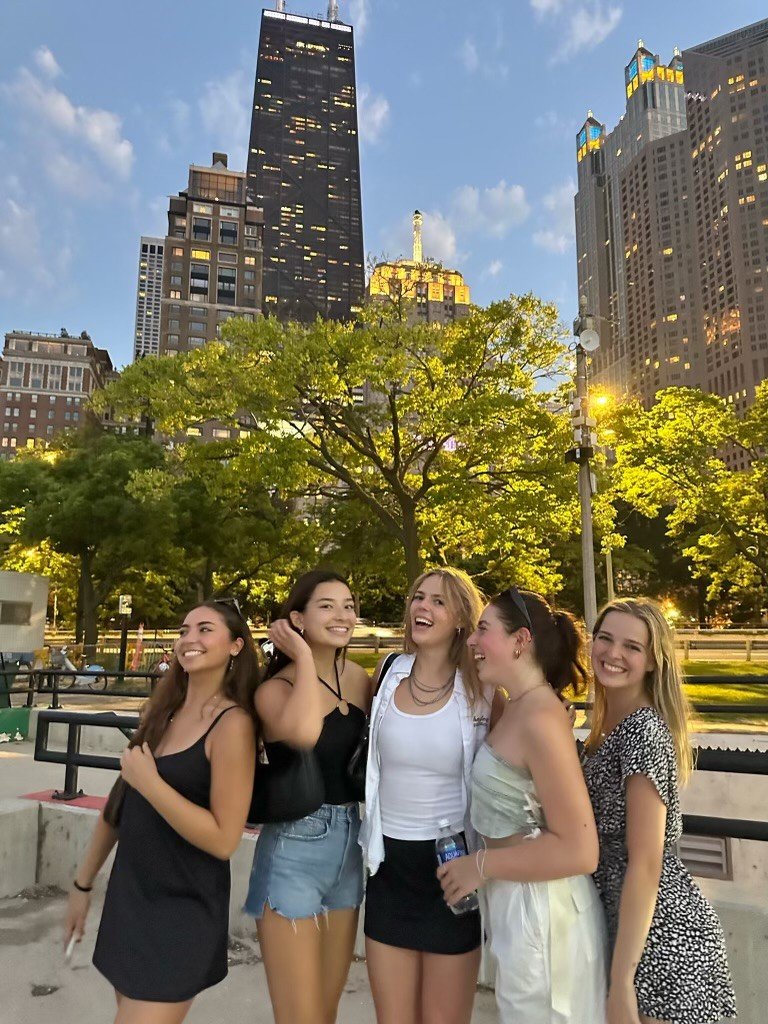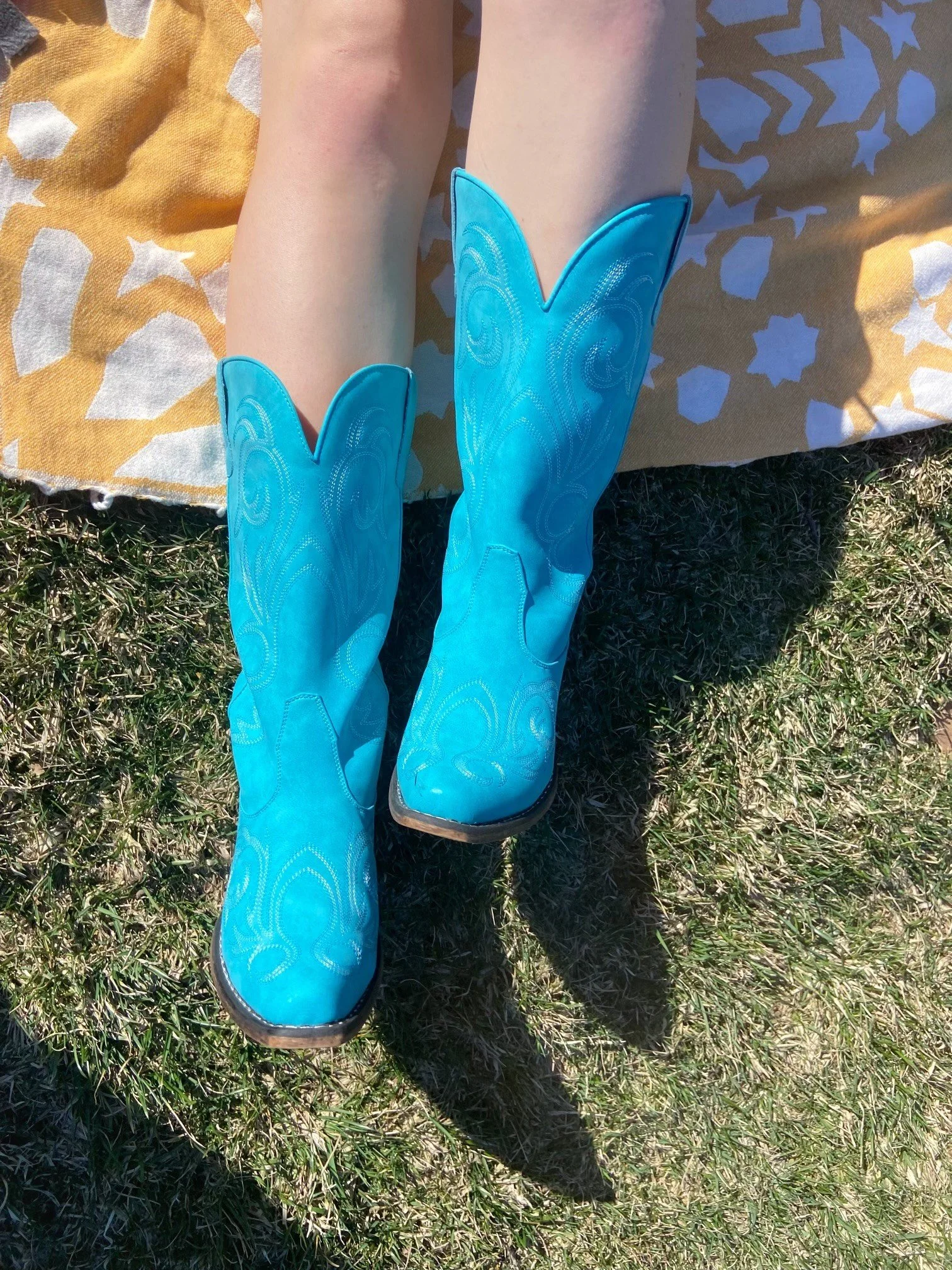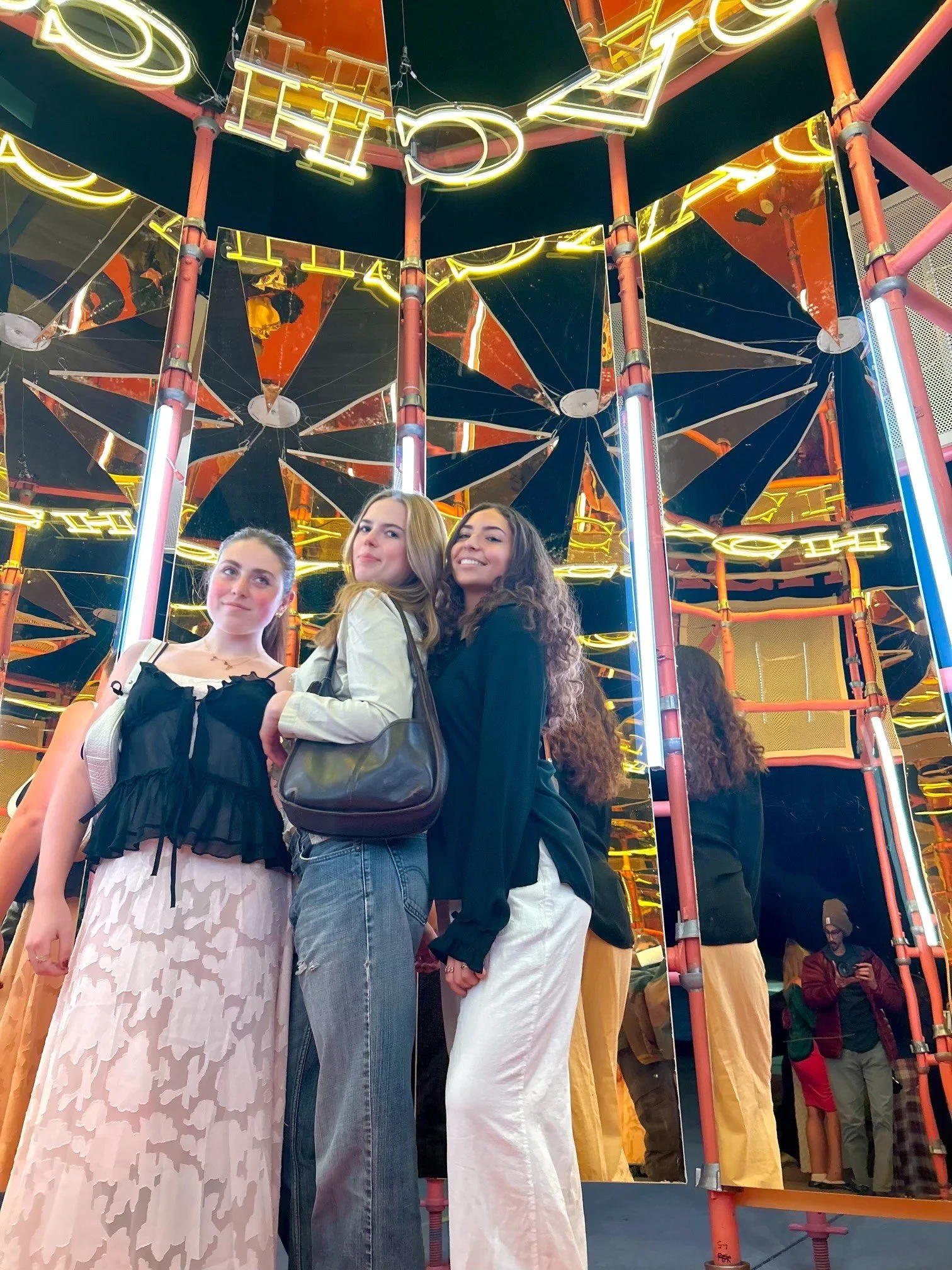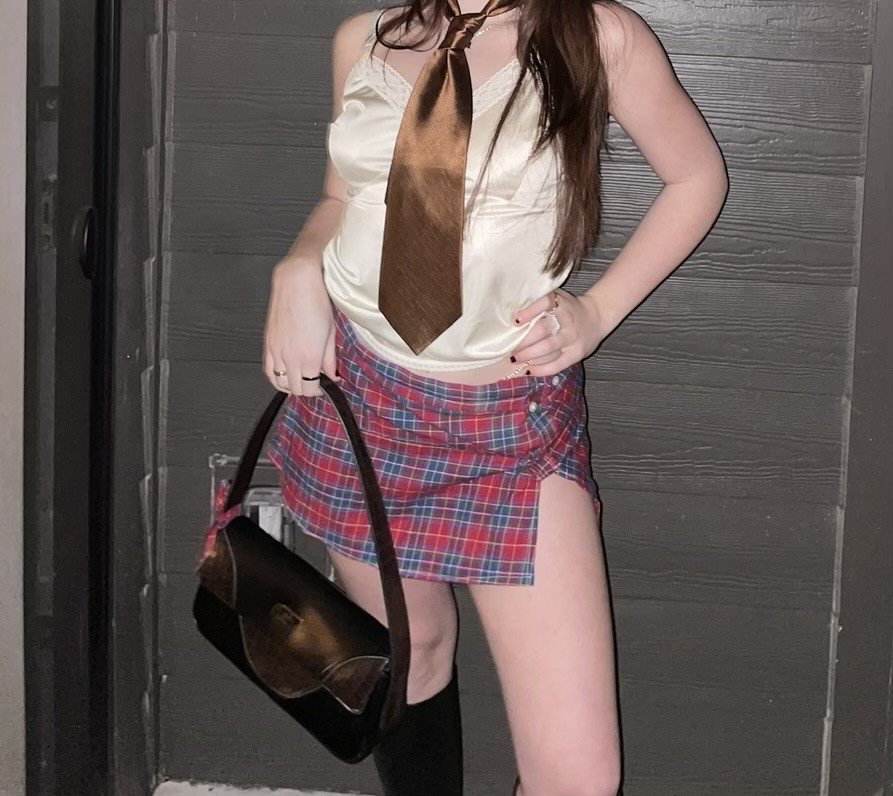Developing A Pick-And-Choose Closet: The Future Era of Style
Written by Katherine Adams
Until now, fashion trends have transitioned through strict segments of designated color, fit, and form at the passing of each decade. From the onset of recorded style to the 2010s, both mens and womens clothing have moved through denotable periods of change based largely on the social and political climate of the time. Arguably, the last decade served as our last definable period of matched distinctness. By seemingly reaching the peak of new conceivable pieces of clothing, trends afterwards became more about the pattern and color of the items rather than their combinations. So what does this pose for the 2020s?
Altogether, it appears that this decade of style can be attributed to one term: pick-and-choose. Originally, each decade or so of style denoted its own separate combination of elements that attributed certain looks to a certain span of time. Today, the trends appear to continue to claim their own set of distinguishable traits. However, instead of promoting solely new designs, they pull from themes of the past and throw them together. This type of mix-and-match fashion produces a version of casual, street, and late-night style that reimagines a world where 90s bootcut jeans can match a modern-day soccer jersey or a 50s-inspired silk slip can pair with a set of Lucchese boots. Not only is it complemented—it is actually celebrated to choose several items from the bedroom floor of fashion history.
And is this not the understandable next step? At the dissipation of several heavily-saturated eras of mass consumerism geared towards select fashion references, the next generation opts to pick from the arsenal. It may seem arbitrary, except it’s entirely not. In fact, this shift was actually fairly predictable. Without the same sense of hyperfixation towards specific clothing items, this new freedom of wear was bound to allow for a much more diverse clothing profile. Social media has also made its way into routine, adding its own level of access to viewing what was trending years ago.
Brands from Revolve to H&M, social media pages galore, and even popular Pinterest boards cast a similar light on mixed-and-match fashion, making it representatively safe to say that the blueprints of modern style are not-so-strictly influenced. Or, the influence itself is to choose from multiple aesthetics. Pairing clothes from several decades of garment ideation seems to glean a level of respect for the years of ingenuity that went into those pieces, instead of tossing them to the wayside in favor of the industry’s newest vendibles. Looks that appear reminiscent of Cher’s rotating closet in Clueless seem to be exactly the goal.
Not only this, it seems that the several items from the past that we really like go through a modern makeover. We keep the constructional integrity of corsets idealized in the 17th century but crop them to our modern preference. We mix wide-leg bell-bottoms reminiscent of the 1970’s and toss some bleach, rhinestones, or other embellishments on them to fit our 2020’s flare. Even skirts and dresses retain many of their slip, gown, or babydoll styles, just with the addition of cutouts, bows, or anything that newly defines them as ours. Every piece goes through the necessary current-day edits.
Second-hand clothing plays a huge part in this decision. A hot spot for young buyers and sellers searching to recycle the old and new, this process re-establishes the previously lineal system of buying, wearing, and discarding into a much more cyclical result. Upcycling gleans a similar fanfare, establishing a huge popularity among personal brands and fashion-minded congregations alike. It's an inclusive and ethically responsible way to give your clothes a new life—and you, a new look.
Moreover, this compilation of resources allows the variation of options to skyrocket. Thus, Gen Z does not predominantly choose this aesthetic out of pure desire; they also choose it because of its ease, low-cost, and rebellion against fast fashion. Evidently, this may be our thriftiest, most environmentally conscious generation yet.
It can be easy to view this hodgepodge of tops, shorts, dresses and more as a frantic scramble for a confused and overly-saturated result, but Generation Z knows what they're doing. If anything, they hunt for the I-just-picked-this-up-off-my-floor kind of vibe. They are also very aware of their audience; they want you to know that they didn’t buy this from the mall. In fact, they want them to know that they have been on the pulse of style for years, so much so that they can sport clothes only someone born in a different era would perceivably wear.
Many will choose their favorite eras of fashion to select from when it comes to developing their closet; others will grasp from all. Such is another crucial characteristic of this decade’s style: individuality. Each person is socially granted the creative agency to mix and match their clothing based solely on the style of that garment that they enjoy best, without the pressure of sticking to the singular aesthetics paraded by previous decades.
One person’s everyday street style may match in many ways to that of someone attending an early 2000’s theme party, but that’s entirely this generation’s prerogative. And of course, most styles lean on the most recent decades, yet the versatility remains visible; a snapshot of an average Gen Z’s closet tends to proudly resemble the scattered contents of a time traveler's suitcase.
There’s a generational aspect of it too; owning clothes or accessories that perhaps your mom wore to highschool or your grandfather kept in his closet adds a sense of odd familiarity and an assertion of familial fashionability to societal onlookers. Members of this era of fashion don’t just want you to know that they're cool; they want you to know that they’ve been that way for years. That it’s in their lineage.
But—in stark contrast to their previous counterparts—Gen Z doesn't gravitate towards this choice solely based on a decided, gathered interest. Style influencers such as Emma Chamberlain and Danielle Bernstein can be used as digital compasses for the current state of trends, as they serve both representations of and—primarily—pioneers for the new wave of fashion styles. The rise of the influencer has proven that much of the forward movement in deciding what to wear is in the hands of those that everyone pays attention to most.
But—in stark contrast to their previous counterparts—Gen Z doesn't gravitate towards this choice solely based on a decided, gathered interest. Style influencers such as Emma Chamberlain and Danielle Bernstein can be used as digital compasses for the current state of trends, as they serve both representations of and—primarily—pioneers for the new wave of fashion styles. The rise of the influencer has proven that much of the forward movement in deciding what to wear is in the hands of those that everyone pays attention to most.
Ethically, the fashion scene seems to mirror the current climate. Yet that is not to say that the modern lookbook of style contains zero missteps. One of the most prevalent issues within current trends is the corroborable fact that several of them originated from minority style icons. Ophelia DeVore, Arthur McGee, Willi Smith and Zelda Wynn Valdes are among them. Several avenues of streetwear, denim, monogram and lifestyle prints, varied hemming, bucket hats, hoop earrings and a vast array of hairstyle trends are among the vast array of elements of modern fashion that can be attributed to black and hispanic culture. As a generation that strives to be as educated and politically correct as possible, many of its members remain shockingly unaware of these backgrounds.
To correct these negatives, Generation Z can be advised to continue to research this closet of history of which they are so suddenly fond. As long as this tenacity tracks with future age groups, it appears that the future of style is in brave, capable hands. Hopefully, the qualities that this era of individuals has demonstrated so far as consumers, designers, and influencers only improves.
It should not go unnoticed how important it is that the current emphasis towards sustainability and social change continues to inspire fashion shifts more than any other influence. In the years to come, it is fair to predict that this level of style consciousness will only continue to blossom. Bring on the enigmatic closets of generation Alpha.
Edited by Lauren Veum








